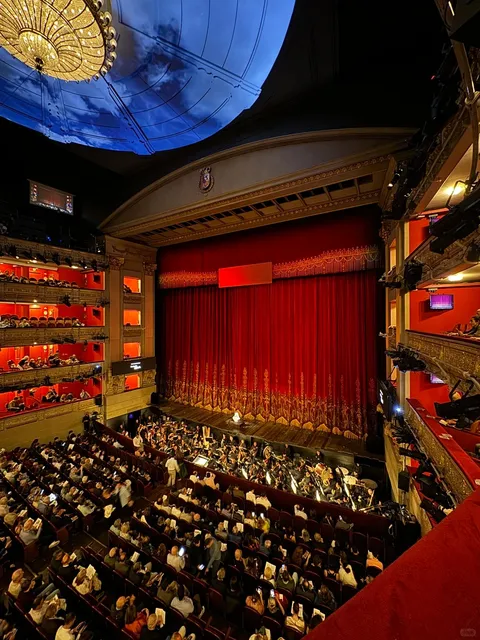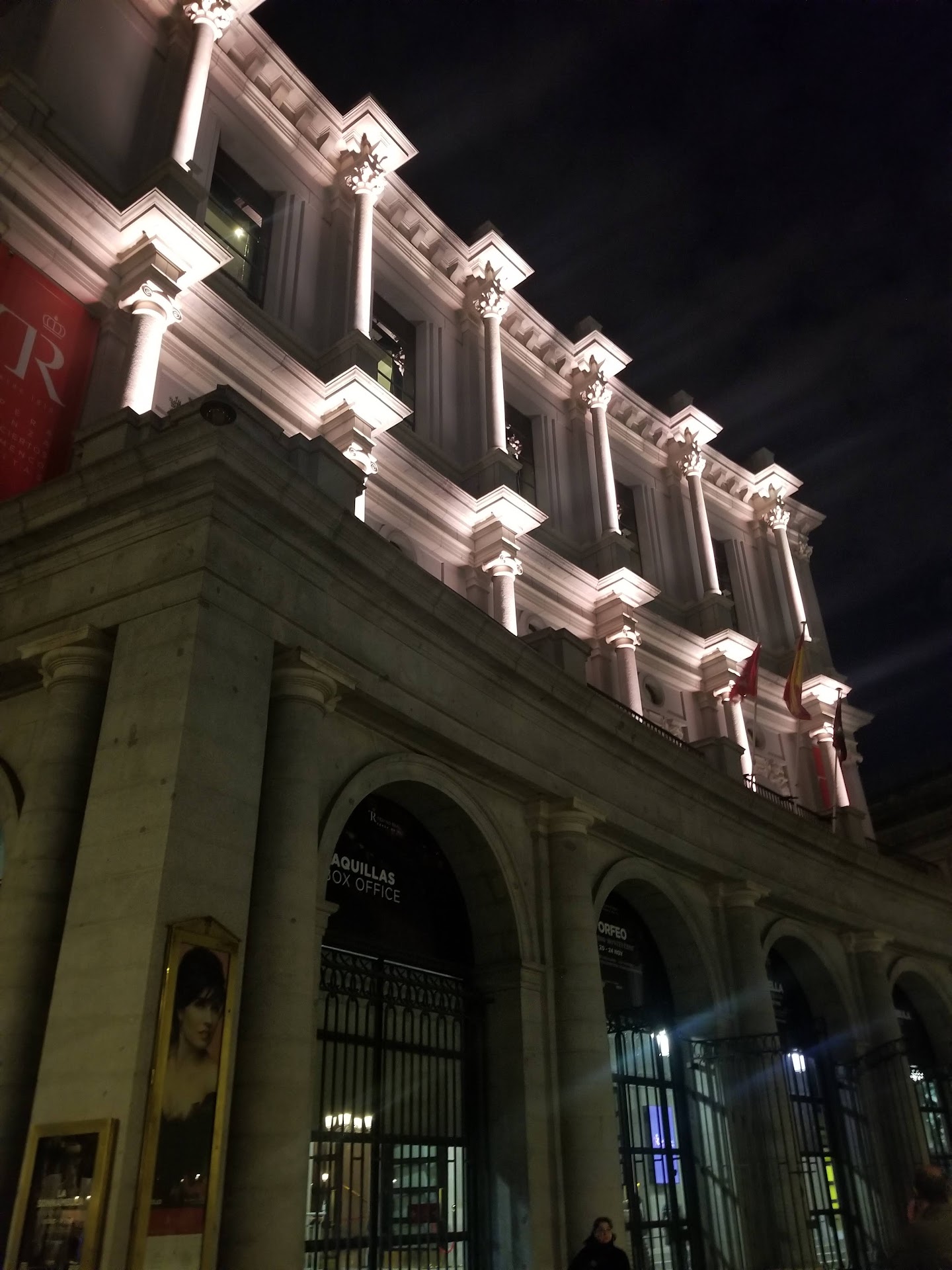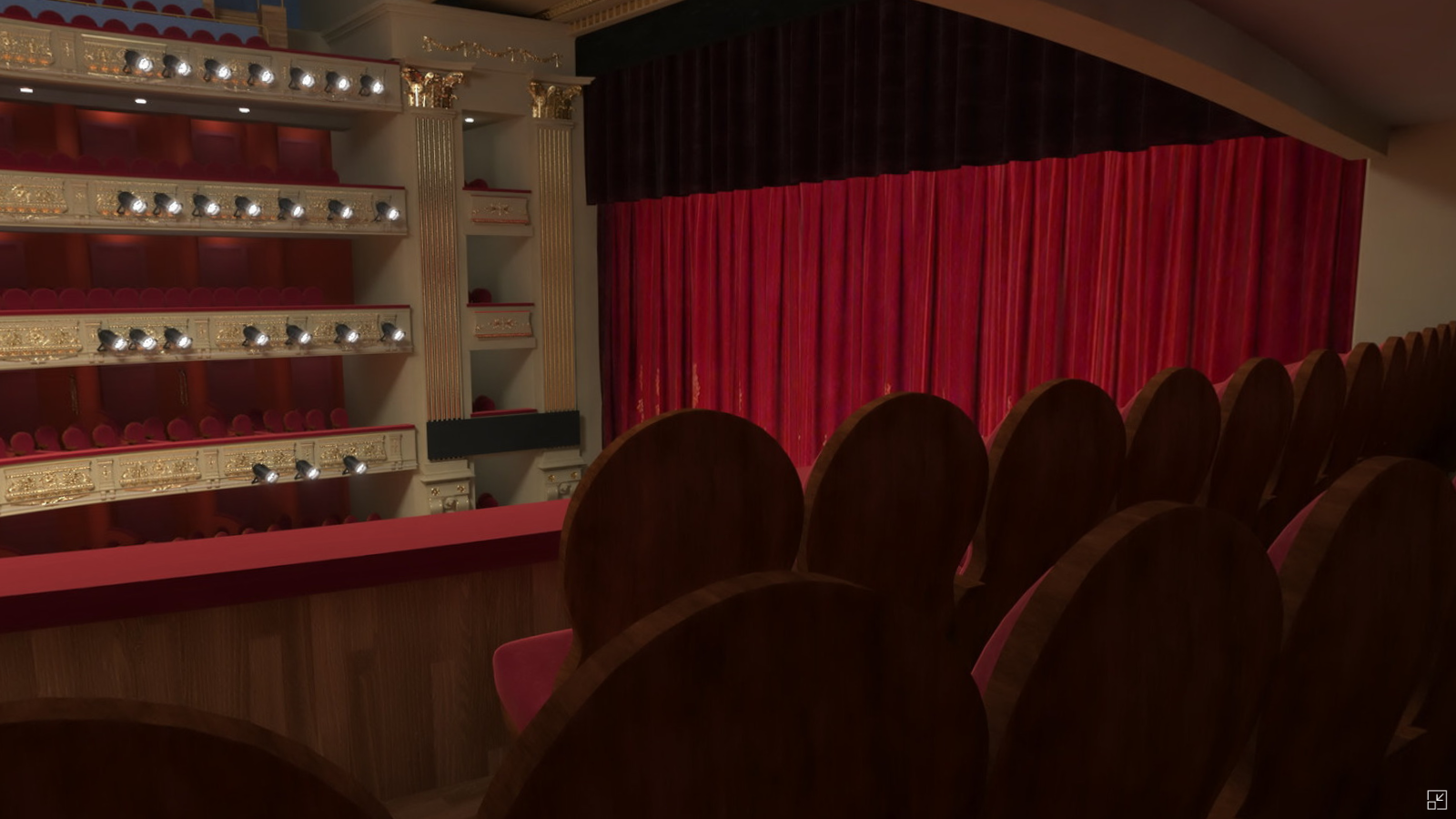Teatro Real things to do, attractions, restaurants, events info and trip planning
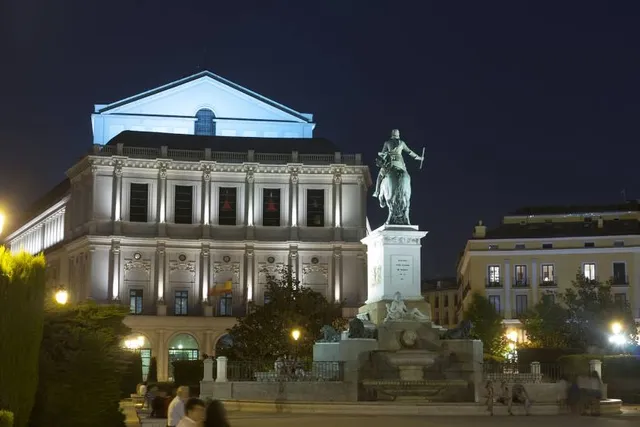
Basic Info
Teatro Real
Pl. de Isabel II, s/n, Centro, 28013 Madrid, Spain
4.6(5.9K)
Open 24 hours
Save
spot
spot
Ratings & Description
Info
The Teatro Real is an opera house in Madrid, Spain. Located at the Plaza de Oriente, opposite the Royal Palace, and known colloquially as El Real, it is considered the top institution of the performing and musical arts in the country and one of the most prestigious opera houses in Europe.
Cultural
Entertainment
Accessibility
attractions: Royal Palace of Madrid, Plaza Mayor, Museo de los Caños del Peral, Monument to Felipe IV, Real Monasterio de la Encarnación, Jardines de Lepanto, Joy Eslava Madrid, Catedral de la Almudena, Jardines del Cabo Noval, Monasterio de las Descalzas Reales, restaurants: El Rey de los Tacos, Café de Oriente Palacio Real, Casa Nicasio, Asador Real, Taberna del Alabardero Madrid - Restaurante Palacio Real, Cantina 33, Taberna Real Restaurante, Foster's Hollywood, Restaurante NEMRUT KEBAP, La Lonja del Mar
 Learn more insights from Wanderboat AI.
Learn more insights from Wanderboat AI.Phone
+34 900 244 848
Website
teatroreal.es
Plan your stay

Pet-friendly Hotels in Madrid
Find a cozy hotel nearby and make it a full experience.

Affordable Hotels in Madrid
Find a cozy hotel nearby and make it a full experience.

The Coolest Hotels You Haven't Heard Of (Yet)
Find a cozy hotel nearby and make it a full experience.

Trending Stays Worth the Hype in Madrid
Find a cozy hotel nearby and make it a full experience.
Reviews
Nearby attractions of Teatro Real
Royal Palace of Madrid
Plaza Mayor
Museo de los Caños del Peral
Monument to Felipe IV
Real Monasterio de la Encarnación
Jardines de Lepanto
Joy Eslava Madrid
Catedral de la Almudena
Jardines del Cabo Noval
Monasterio de las Descalzas Reales
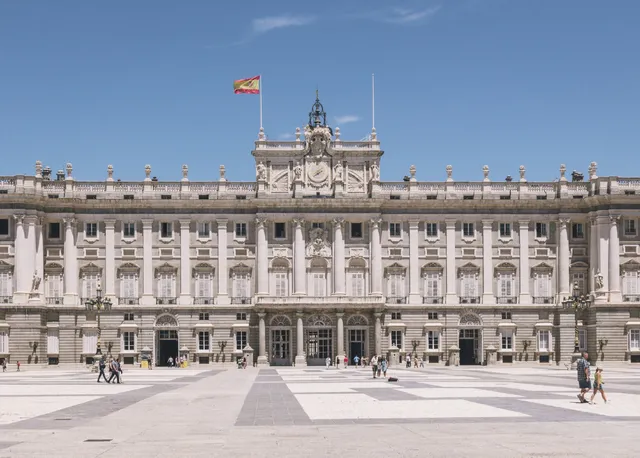
Royal Palace of Madrid
4.7
(38.3K)
Open 24 hours
Click for details

Plaza Mayor
4.6
(63.3K)
Open 24 hours
Click for details
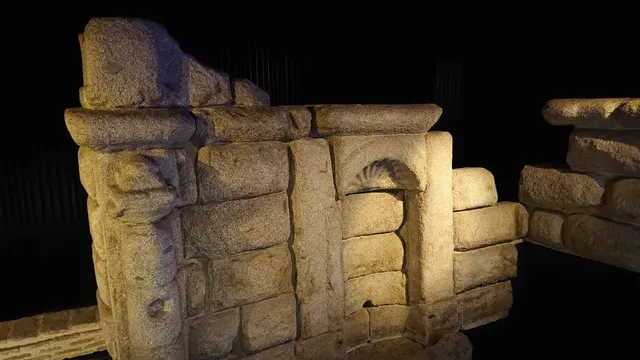
Museo de los Caños del Peral
4.7
(228)
Open 24 hours
Click for details
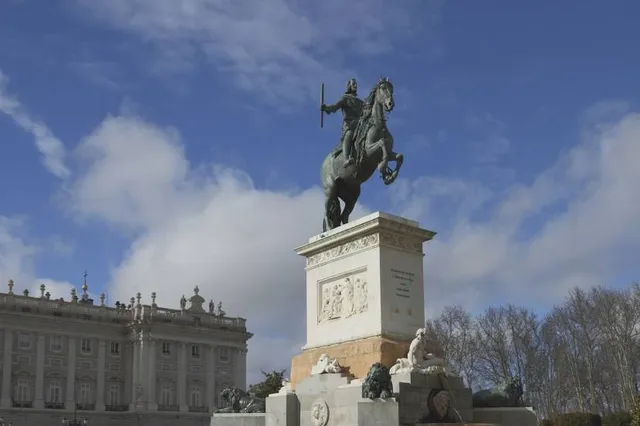
Monument to Felipe IV
4.6
(531)
Open 24 hours
Click for details
Things to do nearby
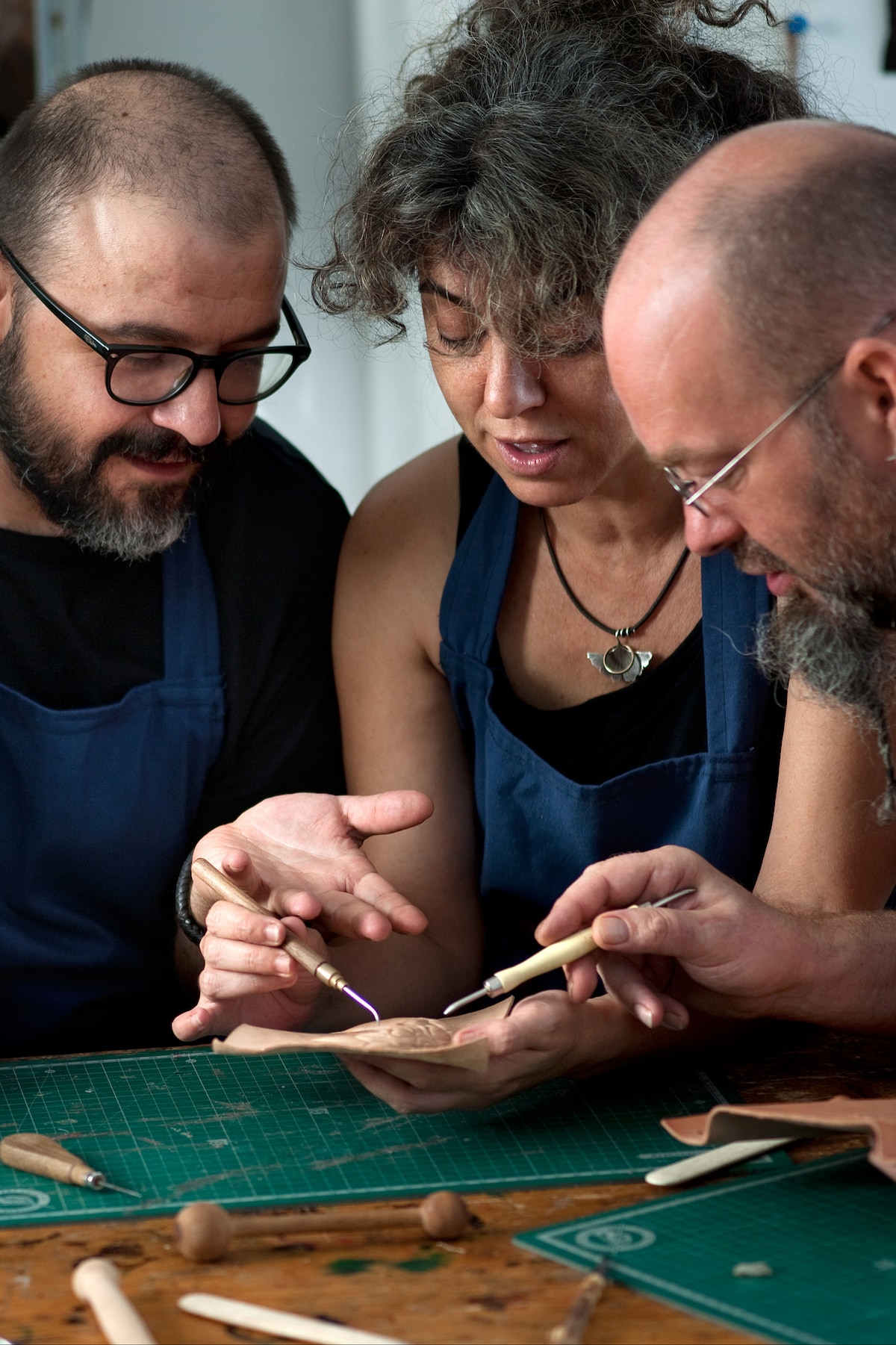
Leathercraft workshop in
Downtown Madrid
Sun, Dec 28 • 10:30 AM
28005, Madrid, Community of Madrid, Spain
View details
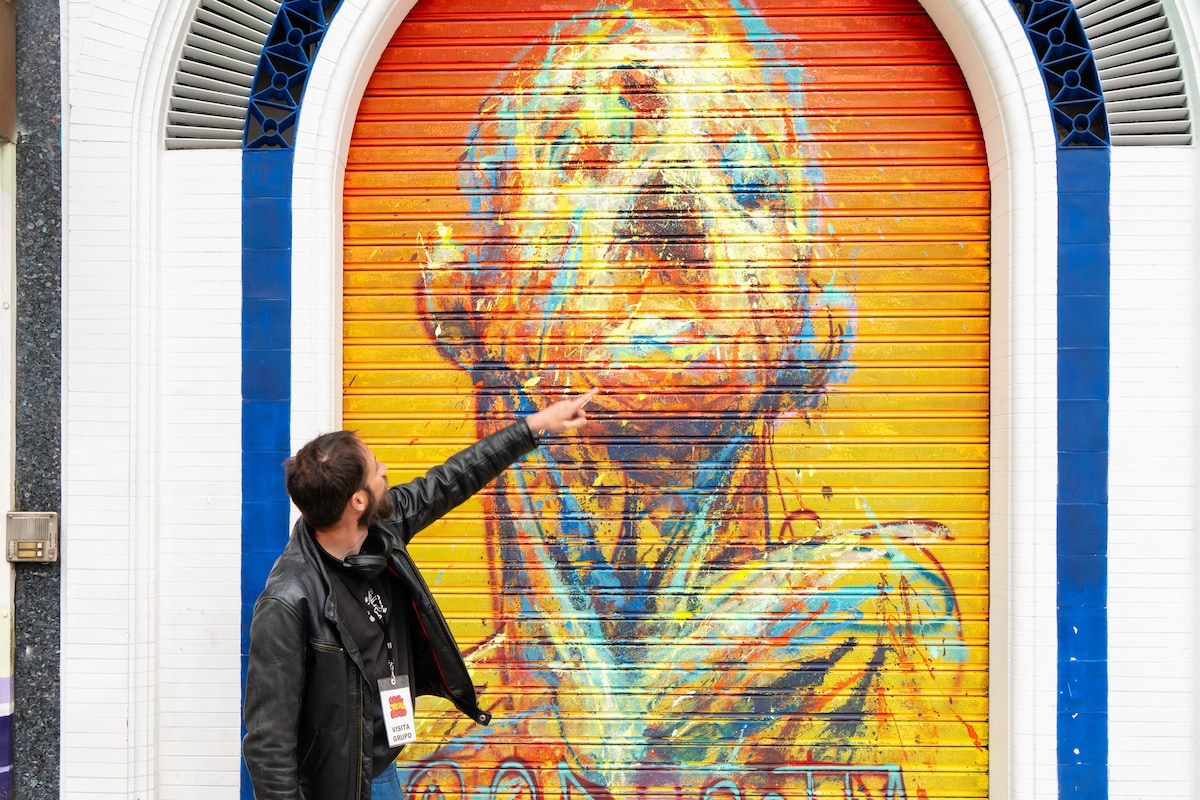
Uncover hidden street art and graffiti
Sun, Dec 28 • 11:00 AM
28012, Madrid, Community of Madrid, Spain
View details
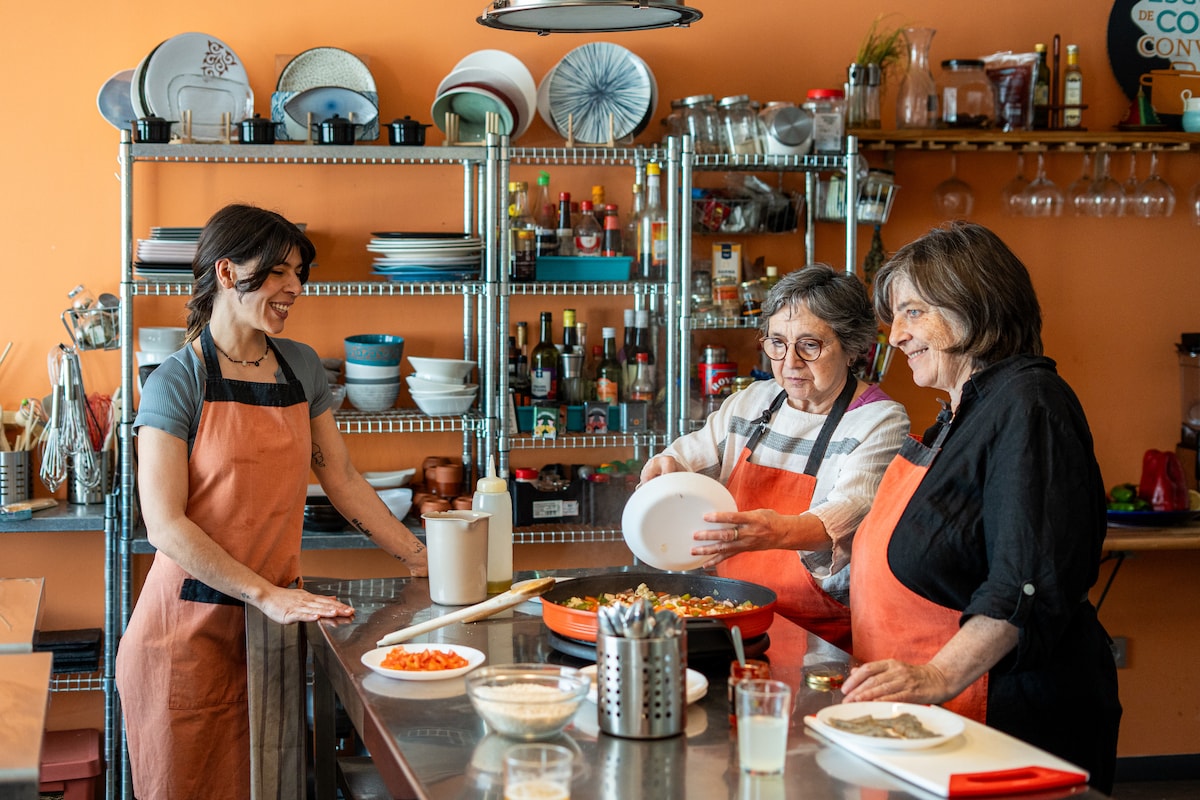
Cook paella and tapas in a popular neighborhood
Tue, Dec 30 • 11:00 AM
28044, Madrid, Community of Madrid, Spain
View details
Nearby restaurants of Teatro Real
El Rey de los Tacos
Café de Oriente Palacio Real
Casa Nicasio
Asador Real
Taberna del Alabardero Madrid - Restaurante Palacio Real
Cantina 33
Taberna Real Restaurante
Foster's Hollywood
Restaurante NEMRUT KEBAP
La Lonja del Mar
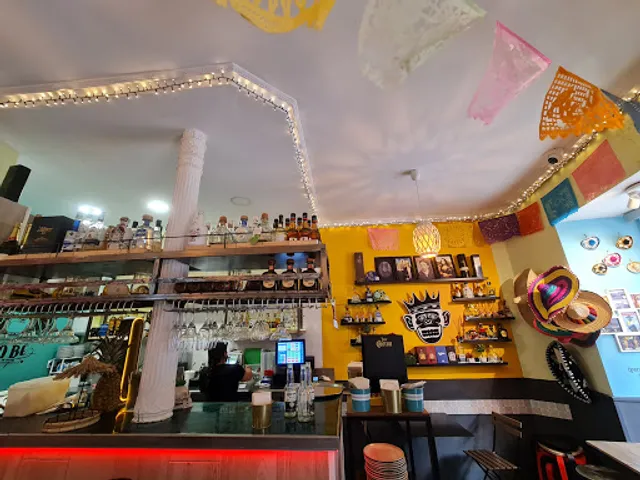
El Rey de los Tacos
4.7
(4.4K)
Click for details
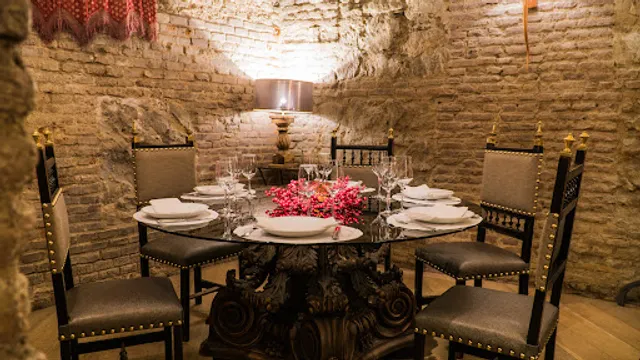
Café de Oriente Palacio Real
4.2
(2.6K)
$$
Click for details
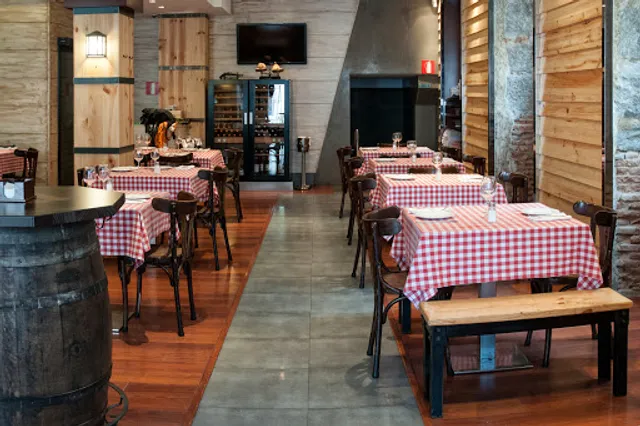
Casa Nicasio
3.9
(855)
Click for details
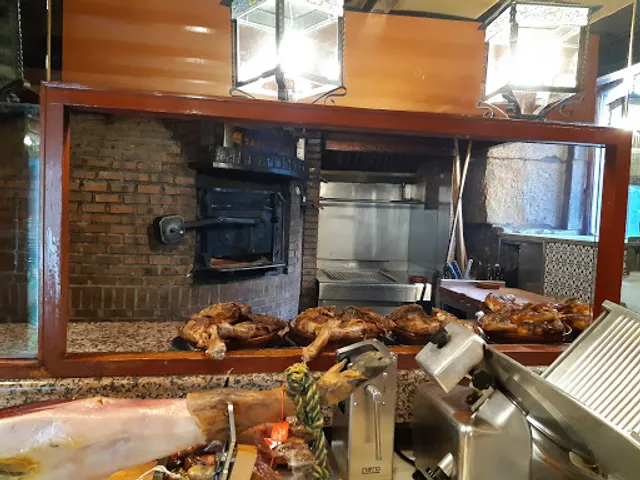
Asador Real
4.4
(1.3K)
$$
Click for details


